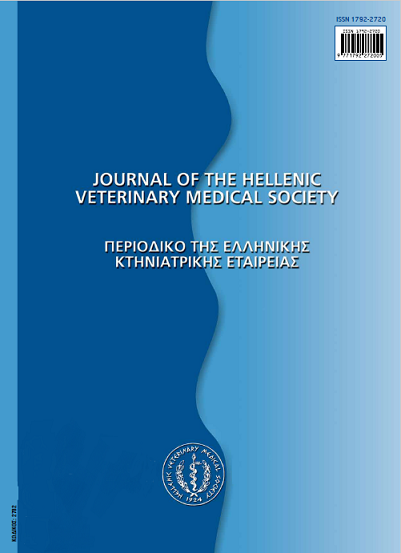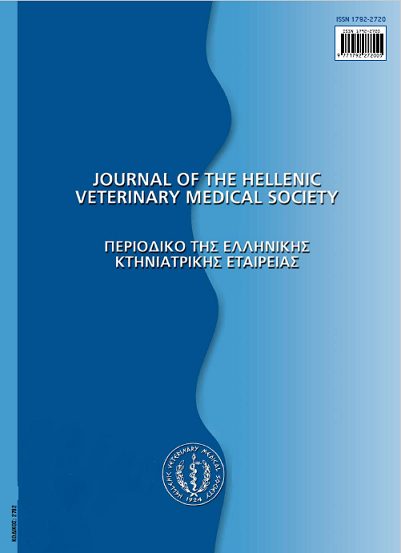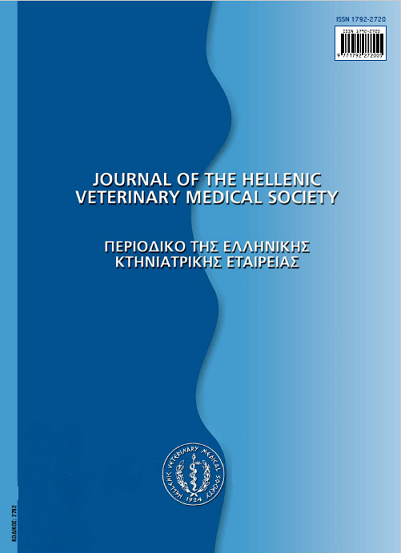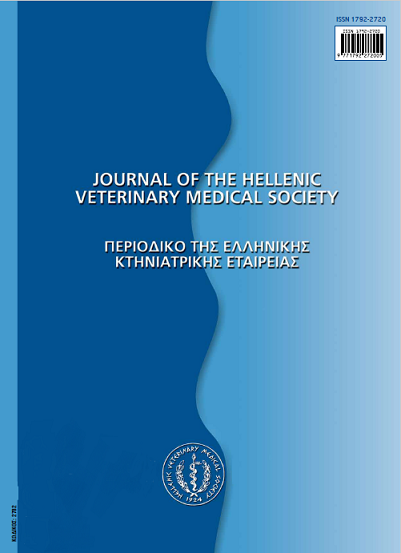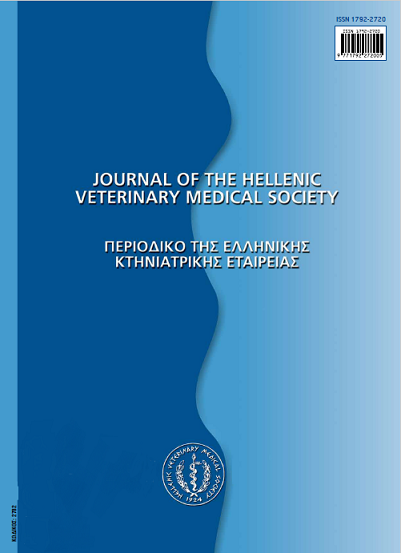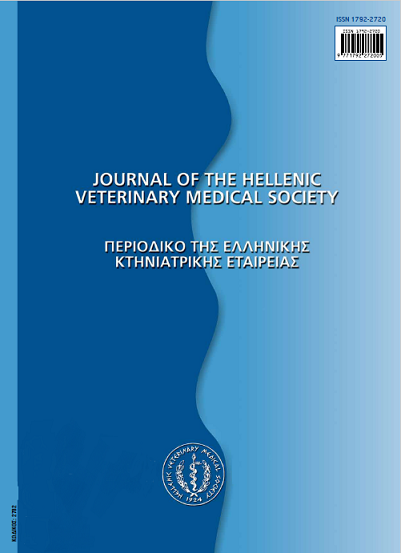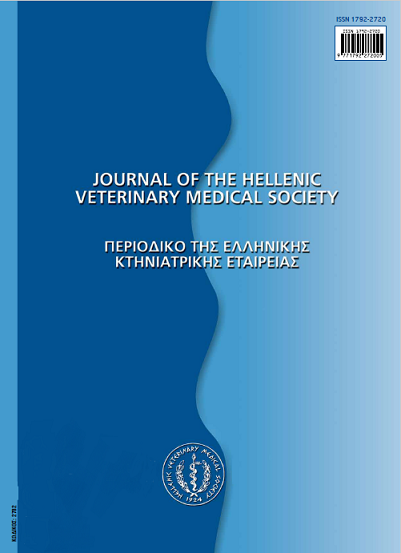Nisin and its food application
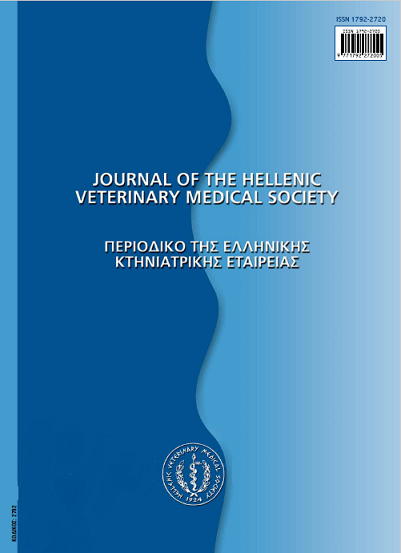
Abstract
Bacteriocins are ribosomally synthesized polypeptides which possess antimicrobial activity and are produced by Lactic Acid Bacteria (LAB). Nisin is the most used bacteriocin in food products, is produced by the lactic acid bacterium Lactococcus lactis subsp lactis and its amino-acids are classified to the Lantibiotics group. The peptide chain of this group contains the amino acids lanthionine and a- methyl-lanthionine. Nisin is typically active against Gram-positive bacteria. The mechanism of action of nisin involves mainly the formation of transient pores in the cytoplasmic membrane of the target organism, with loss of membrane potential and leakage of intracellular metabolites resulting in the cell death. The inability of nisin to attack easily the Gram-negative bacteria is due to their protective outer membrane. The demand of consumers for more "natural" additives to food products has increased the interest for the use of nisin in the food industry. Nisin is the only bacteriocin authorized for use as food preservative in over 50 countries. In the EU nisin is approved as food additive in foods like cream and cheese under the E 234 label. A lot of research work has proved the antibacterial activity of nisin against food born pathogens, like Listeria spp., Bacillus spp., Staphylococcus aureus, Clostridium perfrigens, with encouraging results. It is important to note the synergistic action of nisin against food born pathogens with other acting compounds, like chelate factors. Nisin is successfully applied to packaged foods by means of its incorporation or surface absorption to packaging material.
Article Details
- How to Cite
-
SOLOMAKOS (Ν. ΣΟΛΩΜΑΚΟΣ) N., & GOVARIS (Α. ΓΚΟΒΑΡΗΣ) A. (2017). Nisin and its food application. Journal of the Hellenic Veterinary Medical Society, 56(2), 122–129. https://doi.org/10.12681/jhvms.15076
- Issue
- Vol. 56 No. 2 (2005)
- Section
- Review Articles
Authors who publish with this journal agree to the following terms:
· Authors retain copyright and grant the journal right of first publication with the work simultaneously licensed under a Creative Commons Attribution Non-Commercial License that allows others to share the work with an acknowledgement of the work's authorship and initial publication in this journal.
· Authors are able to enter into separate, additional contractual arrangements for the non-exclusive distribution of the journal's published version of the work (e.g. post it to an institutional repository or publish it in a book), with an acknowledgement of its initial publication in this journal.
· Authors are permitted and encouraged to post their work online (preferably in institutional repositories or on their website) prior to and during the submission process, as it can lead to productive exchanges, as well as earlier and greater citation of published work.



